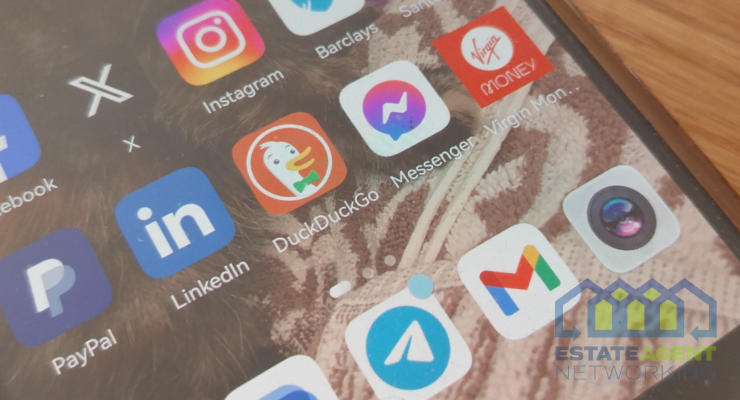Read how Permission Marketing can change the profile of who you market to.
I’ve just finished reading a book called Permission Marketing by Seth Godin and it’s been very interesting. Like The Cluetrain Manifesto I found it more useful in conveying a feeling than actually giving me direct thoughts on practical changes to make to my marketing ideas, but there are still some idea that have come out of it.The idea behind the book is that your marketing gains more traction and is more effective if you’ve gained permission from your clients first. Although it doesn’t bypass the need for initial hit-and-miss marketing (Seth calls this Interruption Marketing) in the first place. But once o have people’s attention, the next step is to give them the ability to opt into your next level of marketing. By “putting you hand up” as a customer, you (as a consumer) will have chosen to receive more information from the company marketing to you.
The book was written a while ago but the lessons still apply in the present day. One such example that stands out to me is the newsletter. By subscribing willingly to a newsletter from a company you are interested in, they have your permission to market to them. In addition, you have the ability to remove your permission with the unsubscribe feature that all these newsletters feature. With this permission, you have given the right to be communicated with as a willing follower about things that you were interested in when you signed up. It’s then up to the company that sends you the newsletter to keep you interested – with things that you want to read about, offers that you want to receive or links that you want to follow.
Now turn this around – you are the company that is marketing. Thinking generally now (putting the estate agency aside until a little later in this blog) it’s how a business uses the permission they have been granted that makes the difference in how successful you are. There are loads of examples in the book but let’s take a fictional example of an online retailer-
- First step is marketing traditionally
- The marketing contains a call to subscribe to an email service giving information about new product launches
- The marketing “sizzle” is that you get to know about these before anyone else
- The follow-up emails are ONLY about new product launches, but with the options to read more, or link to website to pre-order (with a special pre-order discount or free gift
This uses the permission that the person gave you to talk to them about new products to actually sell products – but it’s selling products to willing people who have expressed an interest in your products and are more likely to respond, more likely to read on and more likely to buy.
The only issue with the practicality of this for my own ends is the fact that you pretty much have permission from registered potential buyers already. They go on the mailing list to receive details about the properties you bring to market. Unless you find them the property they want to buy then it’s reasonably unlikely that you will be able to leverage their permission to sell further services. If they don’t buy a home with you, they are less likely to arrange a mortgage through you and less likely to use your conveyancing services, unless you get these tied up early in the process, before the house hunting really begins in earnest. So looking at the example above, you would need to offer some incentives to read more than just the property details you’re sending through – vouchers to get money off the mortgage or conveyancing services your company provides. More money off if you use both. Even more money off if they buy through you well. As an estate agent that’s looking to use different marketing techniques to earn, these can be worth a try.
So the spotlight falls on the pool of potential vendors out there that may not be looking to sell their home now but may be at some stage in the future. How do you reach them? But actually reach them in a permission-type manner that is meaningful?
Social media and newsletters may be the answer!
How about me setting up a Facebook page with news about property in the town – links to all the new properties that come onto the market, a blog about particular properties, or a Twitter feed for new property in the town you live in? Or a newsletter based on a particular part of the area you will market – a single housing estate or small village in the patch?
I think that all of these start to get people interested in what is going on. In the case of the social media side of things, there is the immediate permission of “following” or “liking” the content that you put out there. In the case of the newsletter, there will be a call to action on the newsletter based on subscribing to an online version, following on social media or simply a phone number and call with any questions.
Permission could be the key to thinking differently about the way you go about things and can be a godsend for those on a limited budget.









